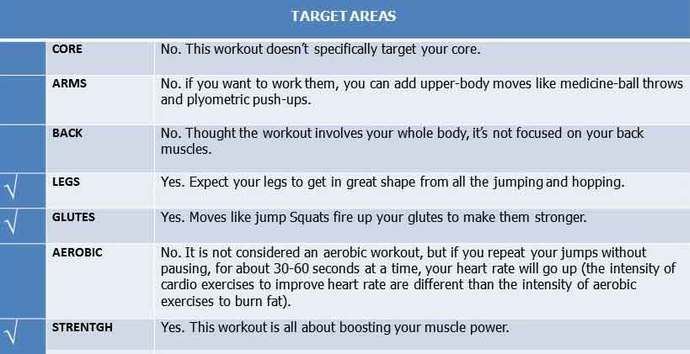|
Samba balances his energy with two daily walks.
He keeps fit and socialized by running and playing in the park three times a week. |
Lifestyle Find Yours.
Samba in front, followed by his friend Batucada. |
|
Plyometrics are the cool kid in the exercise world. Remember the fun you had as a kid, hopping, skipping, and jumping around the playground? The exercises you do with plyometrics mimic those dynamic moves. What’s not to love? Like the cool kid in school, plyos tend to be more flash than substance. It’s definitely nice to have flash. But flash without substance is almost always problematic. Plyometrics, also known as "jump training" are exercises in which muscles exert maximum force in short intervals of time, with the goal of increasing power (speed-strength). This training focuses on learning to move from a muscle extension to a contraction in a rapid or "explosive" manner, such as in specialized repeated jumping. Plyometric are primarily used by athletes, especially martial artists, sprinters and high jumpers, to improve performance, and are used in the fitness field to a much lesser degree. FACT: PLYOMETRICS EXERCISES CAN CAUSE SERIOUS INJURY
Here’s a review of the literature: An athlete's hunger for success is fueled by a constant supply of new products and training principles. During the past decade plyometric training has increased in popularity and is now considered to be an essential training method for athletes competing in a wide variety of sports. Many respected coaches considers plyometrics to be the 'icing-on-the-cake' that can enhance an athlete's ability, allowing him or her to remain at the cutting edge of their sport, when performed correctly, plyometrics can improve speed, strength, acceleration and explosive power. So should we all go out and start leaping from tall buildings in an attempt to improve our athletic performance? Well, the answer to that question once you've studied the scientific research is: look before you leap. Not everyone in the physical preparation industry is as enthusiastic as them. Just as steroids have now been proven to be detrimental to an athlete's health, there is growing evidence to suggest that gains made from practicing plyometric drills may be outweighed by the risk of severe injuries attributed to this training method, if practiced incorrectly. What type of injuries? Spinal shrinkage -Sports participants taking part in repeated high impact activities have been identified as a high-risk group for back pain and injury. The lumbar portion of the spine has been highlighted as one as of the area most susceptible to injury. Studies indicate that the musculoskeletal system is subjected to impact forces between 3-5 times body weight as a result of landing from a plyometric activity (depth jumps). They clearly shows significantly higher levels of spinal shrinkage are experienced when additional loads are applied; even when the platform height is just 26cm. Patellar tendinitis, or 'jumpers knee', is an inflammatory condition involving the infrapatellar tendon. Strong eccentric contractions produce high levels of force, and repeated stretching of the extensor muscles results in damage to the tendon. The movement most frequently associated with patellar tendinitis is jumping, The knee, ankle and hip are inevitably exposed to high forces. Injuries associated with fatigue, such as tendinitis and synovitis, can result from excessive plyometric training. If you have heart disease, high blood pressure, or high cholesterol, your doctor may recommend a lower-intensity type of exercise. If you have diabetes, you may need to make some changes to your diabetes treatment plan, based on how many calories you are burning. Plyometrics is not for you if you have any diabetes-related nerve damage, as this will make you more likely to get injured. Do you have arthritis or other bone or joint problems? Plyometrics is not a good choice for you. Look for a workout that can help strengthen your muscles without stressing your joints. Plyometrics is also not for you if you are pregnant. Your belly’s growing size will throw off your balance. You could fall or get injured. The weight of your growing baby stresses your knees and ankles, and jumping adds even more stress. Ligaments that help stabilize your joints grow a little more lax during pregnancy, making injuries more likely. If you have any physical limitations, choose other strength-building exercises that will be safer for you. CONCLUSION: IF YOU ARE NOT A PROFESSIONAL ATHLETE, AND JUST WANT TO LOOK AND FEEL GOOD, YOU SHOULD AVOID PLYOMETRICS EXERCISES.
0 Comments
Your comment will be posted after it is approved.
Leave a Reply. |
Our Blog Has Fitness, Nutrition and Lifestyle Articles.
|


